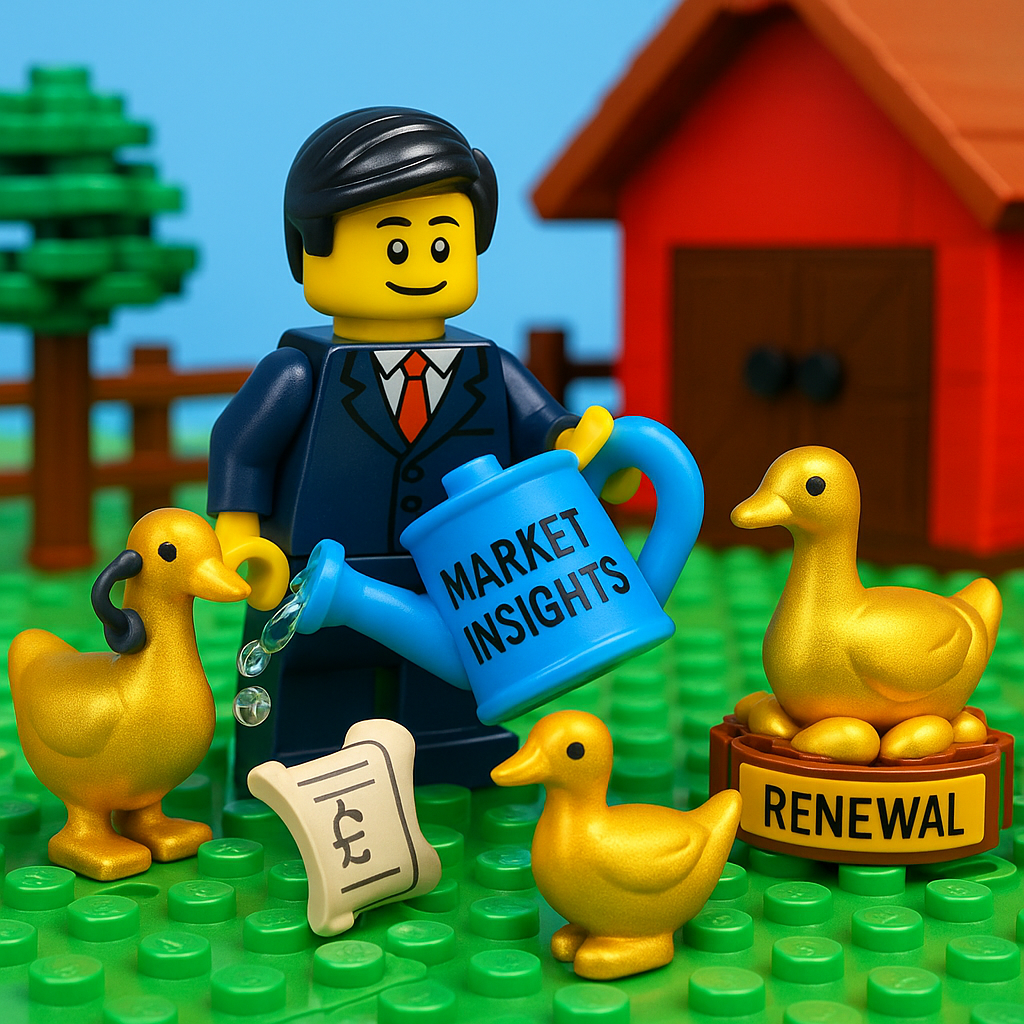The right note
We were recently posed a question we’ve heard a few times: “Should we say ‘please’ to Chat GPT??” It’s always an interesting one because, firstly, politeness matters—it’s a basic human connection, even with machines, there’s no harm! But more importantly, it got us thinking about the role of tone in all our interactions, especially in customer meetings.
Firstly, it is important to be aware that, as a white man, I recognise that my natural tone often mirrors the expectations of my clients. It is, for many systemic reasons, seen as the ‘default. But what might seem ‘neutral’ to me may be received differently by others. It’s a checkable privilege to speak from a position that aligns with mainstream business communication, and we must be conscious that this isn’t universal.
This week’s Three Things uncovers the importance of tone in sales and how to adapt your tone to maximise input. Enjoy.
#1. Listen for emotional cues
Tone goes beyond the words spoken. Listen for the energy behind the words—are they excited, hesitant, or frustrated? Emotional undercurrents provide clues on how engaged or comfortable someone feels. If a customer’s tone shifts unexpectedly during the course of a meeting, it could be a signal to pause and check in, allowing you to adjust your approach before the conversation loses its momentum. This is all part of ‘active listening’, a key part of any salesperson’s toolkit.
#2. Read the body language
Tone isn’t just verbal; it’s physical. Body language is an underrated aspect of tone that can fill in the gaps between what’s said and what’s truly felt. This is clearly harder (but not impossible) on video calls, which have become the standard in many client interactions. Use of the hands and positioning of your camera can all help your presence on screen.
That said, we still believe to build long lasting rleationships you should always push for in-person meetings when possible. Relationships develop faster after at least one in-person chat, where you can read non-verbal cues much more clearly. At the very least, get people to turn on their cameras – it’s only polite!
#3. Mirror & adjust
One of the simplest, yet most effective tools is mirroring. By subtly matching a customer’s tone—whether formal or casual—you show you’re in tune with their style. But be careful: it’s not about mimicry, but about responding in a way that feels natural and adaptive. This builds rapport, and in situations where you’re not from the same background as your customer, it shows an awareness of their communication style, making the interaction more inclusive.
And finally…
Tone isn’t just important for external customers; it’s just as crucial when dealing with internal stakeholders. Having worked extensively with Partners in law firms, I’ve seen firsthand that different Partners have different expectations around communication style. Understanding and adjusting your tone for internal customers is key to maintaining those relationships effectively.





